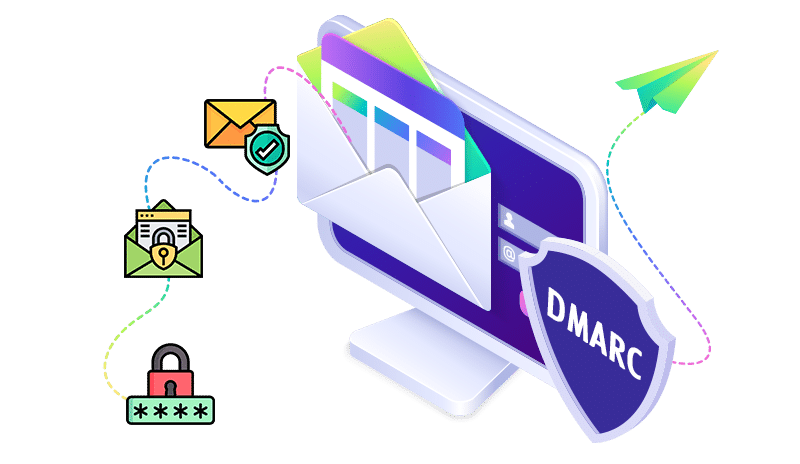User experience
The user experience with DMARC Monitor is generally positive, focusing on ease of use and intuitive navigation. We found its dashboards to be well-organized, with clear visual representations of DMARC data, making it accessible even for those new to DMARC.
Setting up a domain and reviewing reports is a streamlined process. The platform abstracts away much of the underlying complexity, allowing us to quickly grasp the authentication status of our email streams without diving deep into technical configurations.
ELK DMARC's user experience is inherently tied to the ELK stack, meaning it requires a significant level of technical proficiency to set up and manage. We can confirm that deploying Docker, Elasticsearch, and Kibana, then configuring data ingestion, is not for the faint of heart.
Once operational, the interface is Kibana, which offers powerful customization but demands knowledge of query languages and dashboard creation. While incredibly flexible, it lacks the 'plug and play' simplicity of commercial DMARC tools, often leading to a steeper learning curve.
































 0 / 5(0)
0 / 5(0) 0 / 5(0)
0 / 5(0)

